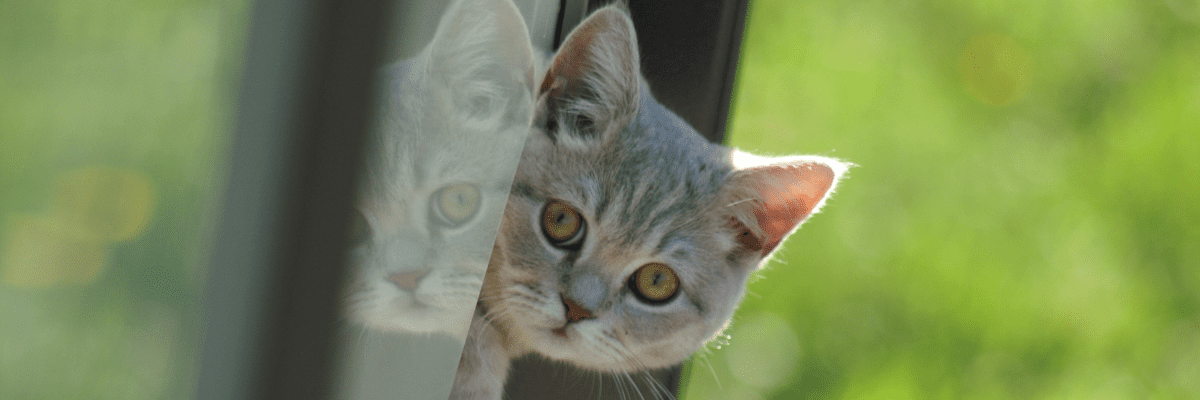Introduction Cats are wonderful companions, but one of the essential aspects of caring for them is providing a suitable litter box. A well-chosen litter box can ensure your cat’s comfort, maintain cleanliness, and promote good hygiene. With a multitude of options available in the market, it’s important to understand the different types, features, and considerations when selecting the perfect cat litter box. In this article, we will explore various aspects of cat litter boxes, helping you make an informed decision and create a pleasant environment for your feline friend.
- Size and Design When choosing a litter box, size and design play a crucial role. Cats prefer a spacious litter box that allows them to move freely. A larger litter box not only accommodates your cat’s size but also prevents litter from being scattered outside. Hooded litter boxes provide privacy and reduce odor, while open litter boxes are suitable for cats who prefer a more open space. Consider the location and available space in your home before selecting a litter box design.
- Litter Box Types There are several types of litter boxes available, each with its advantages and disadvantages. Traditional litter boxes are simple and affordable, but they may not be suitable for cats who prefer more privacy. Covered litter boxes or top-entry litter boxes are great options for privacy-conscious cats, as they help contain odors and prevent litter tracking. Self-cleaning litter boxes are another option, automatically removing waste and reducing the need for frequent cleaning. However, they require a power source and regular maintenance.
- Litter Box Placement Proper placement of the litter box is essential for your cat’s convenience and well-being. Choose a quiet and easily accessible area, away from noisy appliances and high foot traffic. Cats prefer a sense of security while using their litter box, so avoid placing it in cramped or isolated spaces. Multiple litter boxes should be placed in different areas of your home, especially in multi-level homes or for households with multiple cats.
- Litter Substrate Options Choosing the right litter substrate is important to ensure your cat’s comfort and maintain cleanliness. Common litter types include clay, clumping, crystal, and biodegradable options. Clay litter is affordable but needs frequent replacement, while clumping litter forms solid clumps that are easy to remove. Crystal litter absorbs moisture well and reduces odor, but it may be less preferred by some cats due to its texture. Biodegradable litter, made from materials like paper or pine, is an eco-friendly option that is gentle on your cat’s paws. Experiment with different substrates to find the one that suits your cat’s preferences.
- Maintenance and Hygiene Regular maintenance and cleanliness are crucial for a healthy litter box environment. Scoop the litter box daily to remove solid waste and clumps. It’s important to empty and clean the litter box regularly to prevent odor buildup and maintain hygiene. Avoid using harsh cleaning agents that may leave residual odors or deter your cat from using the litter box. Additionally, consider replacing the litter box itself periodically to avoid accumulation of scratches and stains.

Conclusion
Choosing the right cat litter box is a vital aspect of feline care. By considering factors such as size, design, type, placement, substrate options, and maintenance, you can create a comfortable and hygienic environment for your cat. Remember to observe your cat’s preferences and make adjustments accordingly. A well-selected litter box will not only provide convenience and cleanliness but also contribute to your cat’s overall well-being and happiness. Invest time in finding the perfect litter box, and you and your feline companion will reap the benefits of a harmonious litter box experience.










